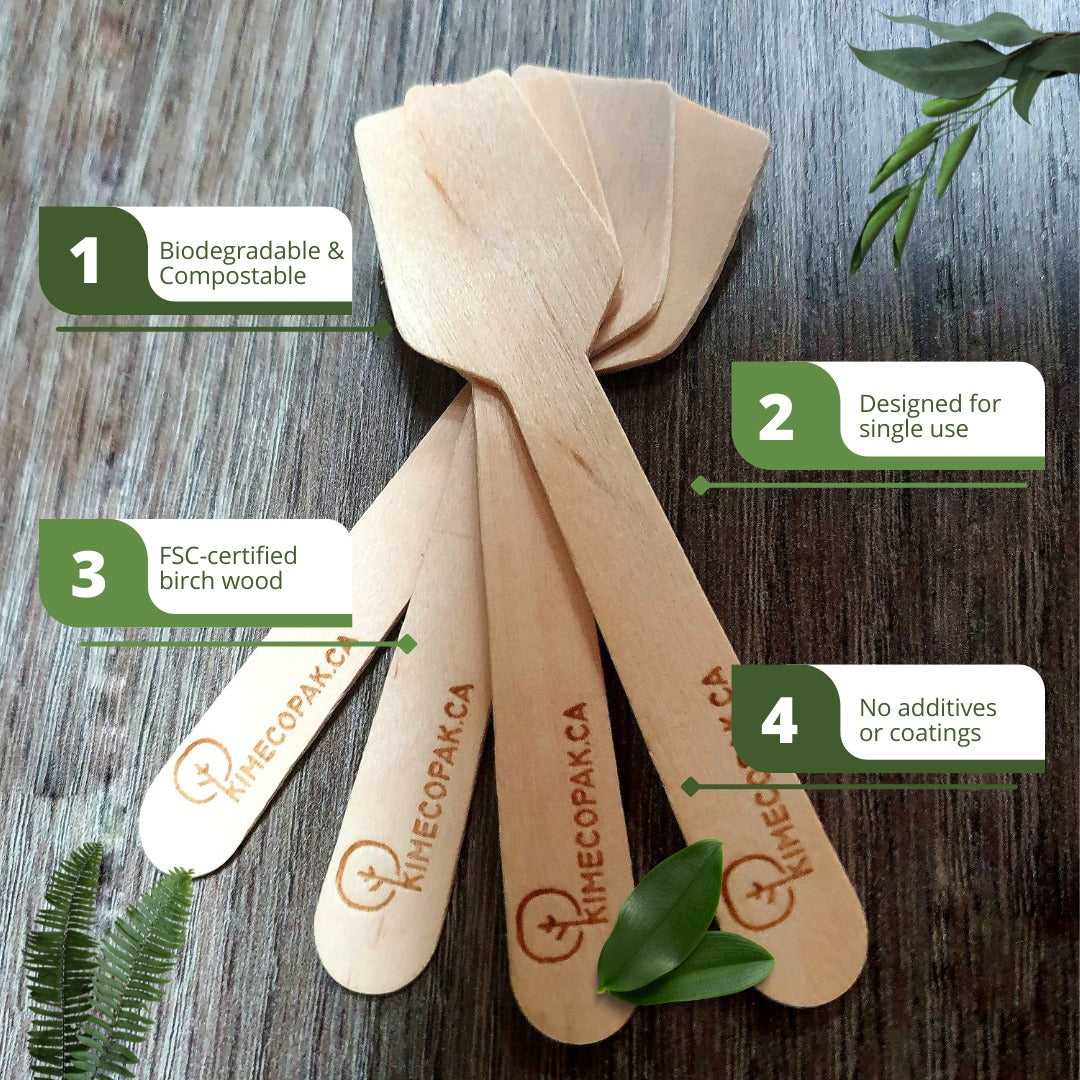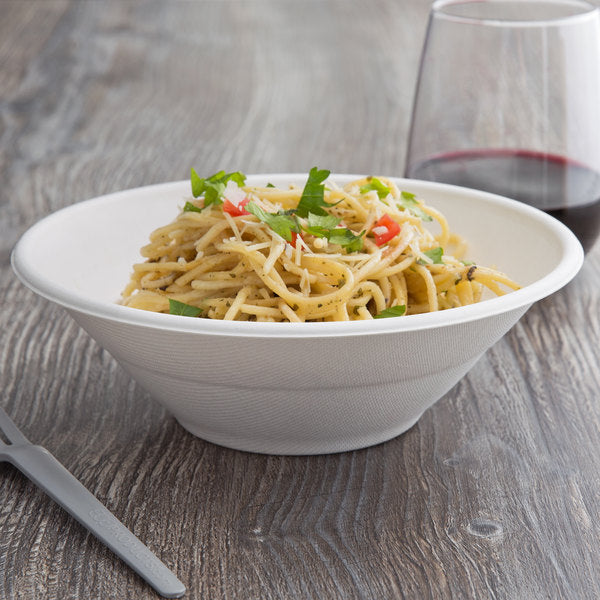Known as Groundnut Chutney, peanut chutney is a beloved chutney made from easy and basic ingredients. In today’s article, explore how to make peanut chutney and ways to make it more unique for your restaurants!
- Best Apple Chutney Recipe for Business
- Beetroot Chutney: A Flavorful Guide for Chefs
- Exploring Garlic Chutney for Better Business
Brief overview of peanut chutney
Peanut chutney, a vibrant and flavorful condiment, is a beloved staple in Indian cuisine. Known for its rich, nutty taste and spicy kick, it complements a wide range of dishes, adding depth and complexity to meals.
Peanut chutney enjoys widespread popularity across India, with regional variations reflecting the diverse culinary traditions of different states. While the core ingredients remain similar, the balance of flavors and the inclusion of additional elements can vary significantly.
For example, in South India, peanut chutney often incorporates coconut, tamarind, and curry leaves, resulting in a tangy and aromatic flavor profile. In North India, the chutney may be spicier, with the addition of more chili peppers and a touch of sweetness from jaggery.

While the ingredients and recipe are crucial for creating a delicious peanut chutney, there are additional factors to consider. In the following section, we'll explore how to make peanut chutney and discover unique ways to elevate its flavor.
Regional Variations of Peanut Chutney
Different regions of India have their unique way of preparing peanut chutney, each adding a distinctive touch to this beloved condiment:
-
Andhra-Style Peanut Chutney: Known for its bold and spicy flavors, this variation includes red chilies, tamarind, and garlic. Sometimes, onions and curry leaves are added for extra depth.
-
Maharashtrian-Style Peanut Chutney: This version is usually a dry chutney powder made by roasting peanuts along with sesame seeds, dried coconut, and red chilies. It is commonly sprinkled over bhakri (a type of flatbread) or mixed with ghee and rice.
-
Tamil Nadu-Style Peanut Chutney: Typically paired with idli and dosa, this version is made with green chilies, coconut, and a tempering of mustard seeds and curry leaves.
-
Karnataka-Style Peanut Chutney: Often slightly sweet and tangy, this chutney incorporates jaggery, tamarind, and coconut, creating a balanced flavor profile.
Best Ways to Serve Peanut Chutney

Peanut chutney is an excellent addition to various South Indian dishes. Here are some popular serving suggestions:
-
With Breakfast: Serve peanut chutney with steaming hot idlis, crispy dosas, or soft uthappam for a wholesome meal.
-
With Rice: Mix peanut chutney with plain rice and ghee for a simple yet flavorful dish.
-
As a Spread: Use it as a spread for sandwiches or wraps for a nutritious and tasty twist.
-
With Snacks: Enjoy it as a dip for pakoras, vadas, or even chapati rolls.
How to Make Peanut Chutney?
Ingredients
- Peanuts: High-quality, unsalted peanuts for a rich and nutty flavor.
- Red chili peppers: Fresh or dried chili peppers, depending on desired spiciness.
- Cumin seeds: Ground cumin for a warm and earthy aroma.
- Garlic: Fresh garlic cloves for a pungent and savory taste.
- Tamarind paste: Concentrated tamarind paste for a tangy and slightly sweet flavor.
- Jaggery or brown sugar: For a natural sweetness that balances the spicy and tangy notes.
- Salt: To enhance the overall flavor profile.
- Water: To adjust the consistency of the chutney.

Equipment
Here are necessary tools for preparation:
- Mortar and pestle: For a traditional and hands-on approach to grinding the ingredients.
- Blender: For a quicker and more efficient method of grinding.
- Saucepan: To cook the chutney and develop its flavors.
- Small bowl: For mixing and serving the chutney.
Step-by-Step Instructions
Step 1: Roast the peanuts

Heat the peanuts in a dry skillet over medium heat until fragrant and lightly browned. Be careful not to burn them. Roasting the peanuts adds a depth of flavor and enhances their nutty aroma.
Step 2: Grind spices, peanuts, and garlic

Combine the roasted peanuts, chili peppers, cumin seeds, and garlic in a mortar and pestle or a blender. Grind until a smooth paste forms. The grinding process releases the essential oils and flavors of the ingredients, creating the foundation for the chutney.
Step 3: Combine ingredients
Add the tamarind paste, jaggery, salt, and water to the ground mixture. Stir until well combined. Tamarind paste provides a tangy and slightly sweet flavor, while jaggery adds a natural sweetness that balances the spiciness. Salt enhances the overall taste, and water adjusts the consistency.
Step 4: Simmer the chutney
Transfer the mixture to a saucepan and cook over low heat for 5-7 minutes, stirring occasionally. Simmering helps to develop the flavors of the ingredients and thickens the chutney. It also ensures that the tamarind paste is fully incorporated, creating a harmonious blend of tastes.
Step 5: Adjust consistency and flavor
Taste the chutney and adjust the seasonings as needed. Add more water for a thinner consistency if you prefer a more runny chutney, or add more salt for a saltier flavor. The key is to achieve a balance that suits your personal taste preferences.
Step 6: Cooling and storing
Remove the chutney from the heat and let it cool completely before storing. This allows the flavors to meld and the chutney to set. Store in an airtight container in the refrigerator for up to a week. Properly storing the chutney will help it retain its freshness and flavor.
Variations
To make your restaurant's peanut chutney truly exceptional, consider incorporating these additional ingredients:
- Adding mint or cilantro: For a fresh and herbaceous twist, incorporate chopped mint or cilantro into the chutney. These herbs add a bright, green flavor that complements the richness of the peanuts and spices.
- Using different types of chili peppers: Experiment with different chili peppers to adjust the level of spiciness. For a milder flavor, use milder varieties like jalapeños or bell peppers. For a hotter chutney, try using hotter chili peppers like habaneros or ghost peppers.
- Incorporating other spices: Enhance the flavor profile by adding other spices to the chutney. Consider using ground turmeric for a warm and earthy flavor, or adding a pinch of ground cardamom for a subtle sweetness and aroma. You can also experiment with other spices like cumin, coriander, or fenugreek to create unique flavor combinations.
By experimenting with these ingredient combinations, you can create a peanut chutney that is truly distinctive and memorable.

Serving Suggestions
As mentioned above, peanut chutney is a versatile condiment that pairs well with a variety of Indian dishes. Here are some popular serving suggestions you should know to divers your restaurant menu:
- Dosa: A thin, crispy crepe made from fermented rice and lentil batter, dosa is often served with peanut chutney as a dipping sauce. The tangy and slightly spicy chutney complements the savory and slightly sour flavor of the dosa.
- Idli: Steamed rice cakes made from fermented rice and lentil batter, idli is another classic South Indian dish that is often served with peanut chutney. The chutney adds a burst of flavor and helps to balance the mild taste of the idli.
- Uttapam: A thick, pancake-like dish made from fermented rice and lentil batter, uttapam is often topped with various toppings, including onions, tomatoes, and chili peppers. Peanut chutney can be served as a dipping sauce for uttapam or spread on top for an extra layer of flavor.
- Sambar: A lentil stew made with vegetables and spices, sambar is a staple in South Indian cuisine. Peanut chutney is often served as a side dish to sambar, adding a contrasting flavor and texture.
- Masala dosa: A variation of the classic dosa that is filled with a masala (spiced potato filling), masala dosa is often served with peanut chutney and sambar. The chutney provides a refreshing and tangy counterpoint to the savory and spicy filling of the dosa.
Conclusion
Peanut chutney, a versatile condiment, offers a unique opportunity to enhance your restaurant's menu. By following this guide, you can master peanut chutney and elevate your restaurant's offerings. Experiment with flavors, explore serving suggestions, and let peanut chutney inspire your culinary journey.







